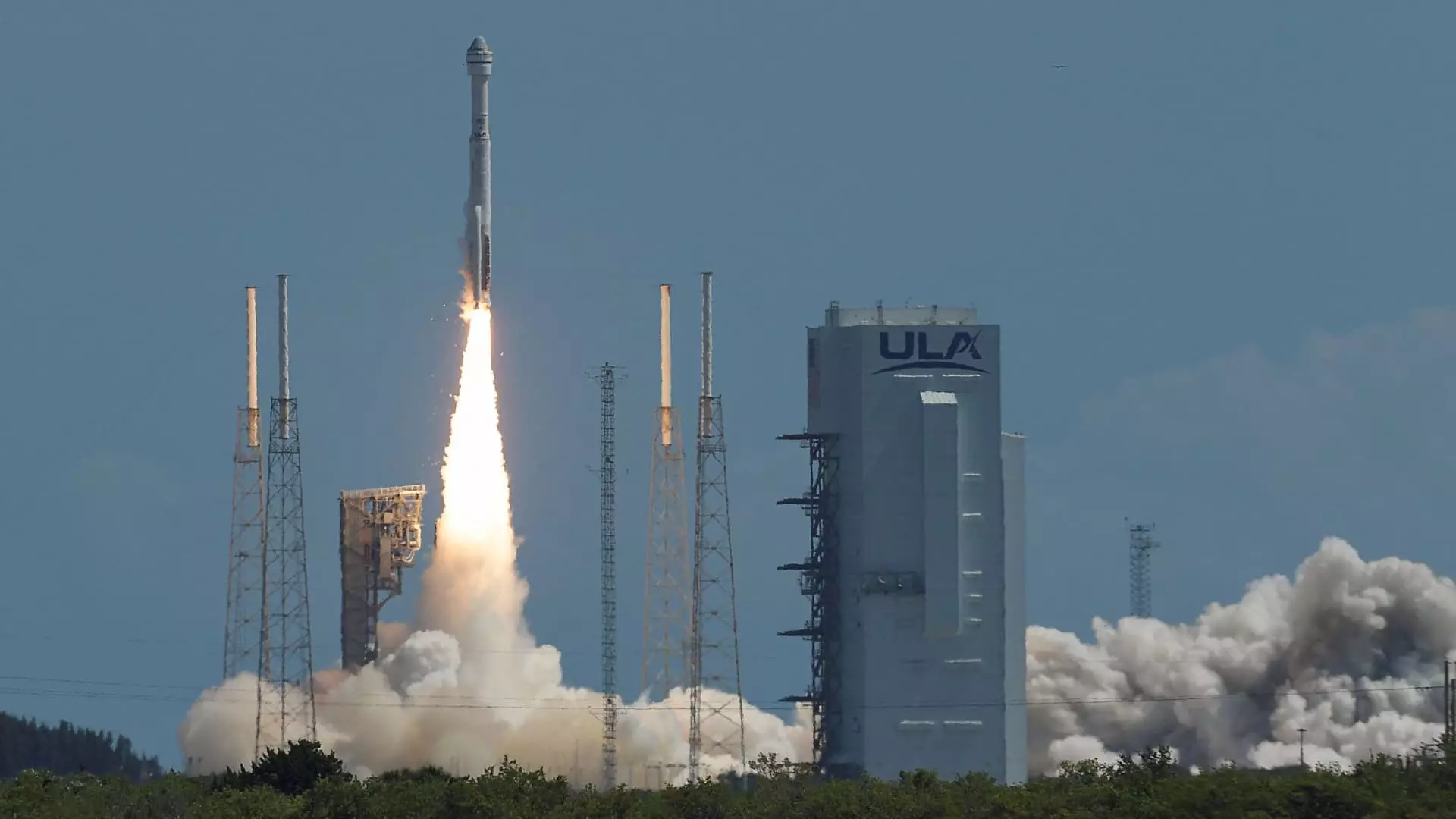Boeing recently initiated its first Starliner flight with astronauts onboard, marking a significant milestone for the spacecraft. The launch, which took place from Cape Canaveral, Florida, involved two NASA astronauts and aimed to test the capabilities of the Starliner system in transporting individuals to and from the International Space Station (ISS).
The Starliner capsule was carried by a United Launch Alliance’s Atlas V rocket, and approximately 15 minutes after liftoff, the rocket released the capsule into orbit as planned. The flight progressed smoothly, with the astronauts scheduled to spend about a week on the ISS for testing before returning to Earth. This mission serves as part of Boeing’s crew flight test to obtain certification for future ISS transportation.
Setbacks and Delays
Despite the successful launch, Boeing has faced numerous setbacks and delays with the Starliner project over the years. Costing the company $1.5 billion in expenses and utilizing nearly $5 billion of NASA funds, the spacecraft has lagged behind SpaceX’s Dragon capsule, which has been consistently flying astronauts under NASA’s Commercial Crew program. Initially positioned as a competitor to SpaceX, Starliner has struggled to maintain its standing due to various challenges.
Following the launch, SpaceX President and Chief Operating Officer Gwynne Shotwell and astronauts Butch Wilmore and Suni Williams are actively involved in the Starliner mission. Wilmore, a former U.S. Navy pilot, serves as the commander, while Williams, also a Navy pilot, fulfills the role of pilot. The collaboration between Boeing and SpaceX underscores the advancement of private space exploration initiatives.
Starliner operates on ULA’s Atlas V rocket, which has amassed a century of successful launches. The capsule itself can accommodate up to four NASA astronauts and over 200 pounds of research and cargo per flight. Equipped with a parachute and airbag system for landing, Starliner is designed for reusability, with each capsule capable of undertaking multiple missions.
The launch of Boeing’s Starliner capsule represents a critical test for the spacecraft’s functionality and reliability in conducting crewed missions to the ISS. Despite past challenges and competition, the partnership between Boeing, ULA, and NASA demonstrates the evolution of private space travel ventures. As the aerospace industry continues to innovate, the successful completion of the Starliner mission may pave the way for future advancements in space exploration and transportation technologies.

